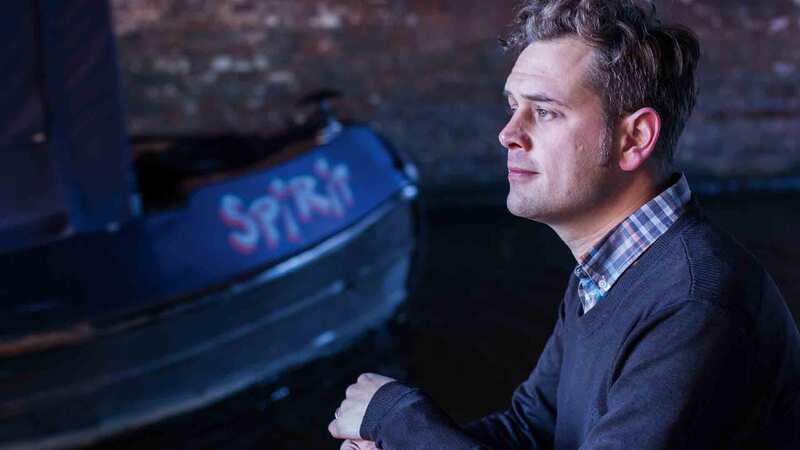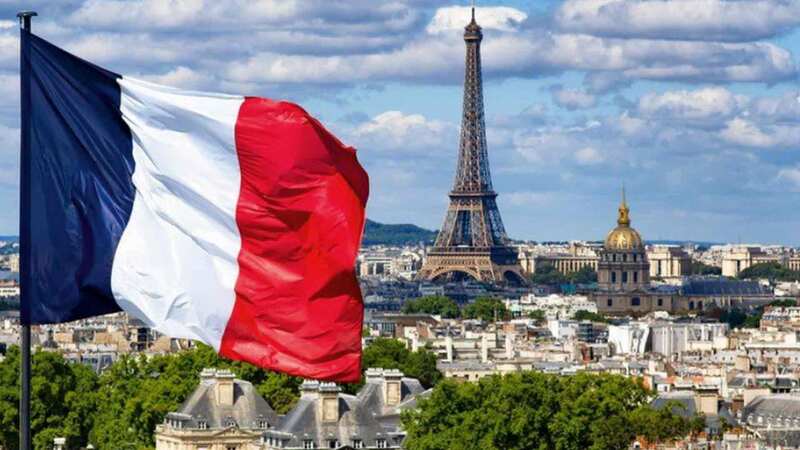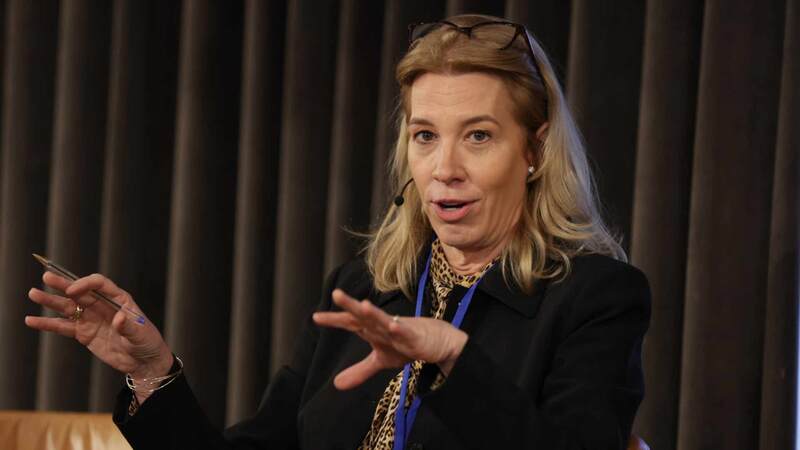You are viewing your 1 free article this month. Login to read more articles.
Bone Palaces
I was aimlessly gallivanting around Europe in 2006, eventually alighting in a hostel near Prague. Visiting nearby Melnik, by happenstance I stumbled upon a huge ossuary under the Church of Sts. Peter and Paul. The arrangement of the bones was intricate and well executed, providing an erudite message about Original Sin, death, and redemption through faith. Six-foot-high stacks of long bones were set with inward-facing skulls to articulate patterns – the words Ecce Mors (Behold Death) were spelled out along one wall, and a heart and anchor, traditional symbols of faith, were traced along others. The most complex wall was penetrated by an empty tunnel of femurs, and above, standing high atop the stack, was a large cross entirely of bone and intended to mark this ground as symbolic Golgotha. The tunnel represented Christ’s empty tomb – evidence that he had risen after his crucifixion. Asked to “behold death” the visitor was also reminded that through faith in Christ’s sacrifice, he too would be rise again. I was utterly fascinated by the place, so much so that I wound up spending several hours in the crypt. Equally fascinating to me was the fact that, during those hours, not a single other visitor appeared, save for the woman who had let me in; she would periodically peer in at me, curious about what I could possibly find so interesting down there. I wondered how it was that such an exceptional place, and one that was to my mind incredibly spiritual, could be so ignored by both visitors and residents.
When I returned to the hostel, the desk clerk asked what I had done that day, and I told him about the ossuary in Melnik. He informed me that I was mistaken, that it was in Sedlec, near Kutna Hora – I knew the place he was speaking of, the famous so-called ‘Bone Church’, and in fact had been there the previous day. I explained that I was familiar with the Sedlec Ossuary, but this day I had been to one in Melnik. He looked at me with a kind of pity that is reserved for lost visitors, and explained that I had been in Sedlec, and that there was no ossuary in Melnik. I was puzzled at how a local man, who deals with tourists every day, could not know about the huge and marvelous ossuary that was even closer than the one in Sedlec. I wondered how many more of these places might be around, ignored and forgotten by the very descendents of the people whose bones formed their once proud stacks. Because my tastes veered towards the macabre, I was already familiar with some. Aside from Sedlec, I knew of famous examples like the Paris Catacombs, the Capuchin Crypt in Rome, the large charnel in Evora, Portugal, and I had seen old photos of one on Malta – which, as my later investigations revealed, had been destroyed by a bomb in World War II.
The list grew exponentially as I started to research the topic. Initially I was shocked by the number of sites I discovered: it grew from dozens to dozens more, and dozens more again when I added in sites that were listed in old chronicles but had been destroyed. I realized that I had stumbled upon a topic that had scarcely been touched, and even when it had, its spiritual value had been grossly devalued and its visual appeal ignored. To help create a context in which to study these sites, I coined a phrase, the ‘dialogue with death’. It referred to the role the dead play in societies that allow them to be a tangible presence, giving them a meaningful role in cultural or spiritual life. Cross-culturally and throughout most of history – dating back to at least the Neolithic, when early residents of Jericho decorated skulls of their ancestors – death had been a transition, not a terminus. Viewed as a transition, death was simply another phase of life; the living venerated the dead, and the dead in turn might be expected to provide guidance, inspiration, or protection. Death was not an impassable barrier. The dialogue with those who had passed, which could take any number of forms, was a natural and symbiotic interaction. In such a framework, in order to affirm the relationship between the living and the dead, it was important that there be visible reminders of death. In many cultures the dead would be venerated in the direct presence of human remains, in effect creating liminal spaces in which the barrier was at its most pliable. This was the context I wanted to reestablish for the great charnel houses of Christian Europe, and I intended the book to allow readers to reach back into history and catch a glimpse of the dialogue with death in one of its most palpable forms.
The extraordinary ossuaries I studied began appearing in the sixteenth century. Considerably more sophisticated than the simple charnel houses of the middle ages, they were masterpieces completely encrusted with bones arranged in fantastic patterns, and often also including mummified remains; they were a largely Catholic phenomenon that was a product of a morbid penitence that grew out of the Counter Reformation. Not only were they places where the dead could be venerated and mortality contemplated, they provided an avenue through which service could be rendered to the souls in Purgatory – and those souls could render service in return, acting as intercessors for the living. For the next two and a half centuries they stood as the link between the living and the dead. The chain was finally broken during the Enlightenment, when a confluence of factors as disparate as increased concerns over hygiene and evolving concepts of individualism resulted in the dead being banished, an abject group no longer welcome in the society of the living. Large, modern cemetery complexes were invented, where they could be sequestered underground and kept from view. The dialogue with death was silenced.
Frequently I am asked what I ‘learned’ after five years, literally in the Empire of Death. I find the question to be a curious one, since it implies that there is something to be learned from the charnel houses – that, even though the dialogue with their denizens is now mute, we intuit that they hold a lesson for us. My answer is that the thing that was most impressed upon me was the idea of a cycle. When I would stand alone in the middle of a great ossuary, I felt literally timeless: I stood in the present, stared into the generations of the past, and was confronted with my own future. And the sensation always left me with the realization that, no matter what one’s belief system, we are all connected to and the product of a cycle, in which all of us, including those who have passed and those who are yet to come, are linked as one.
The Empire of Death by Paul Koudounaris is out now published by Thames & Hudson.















